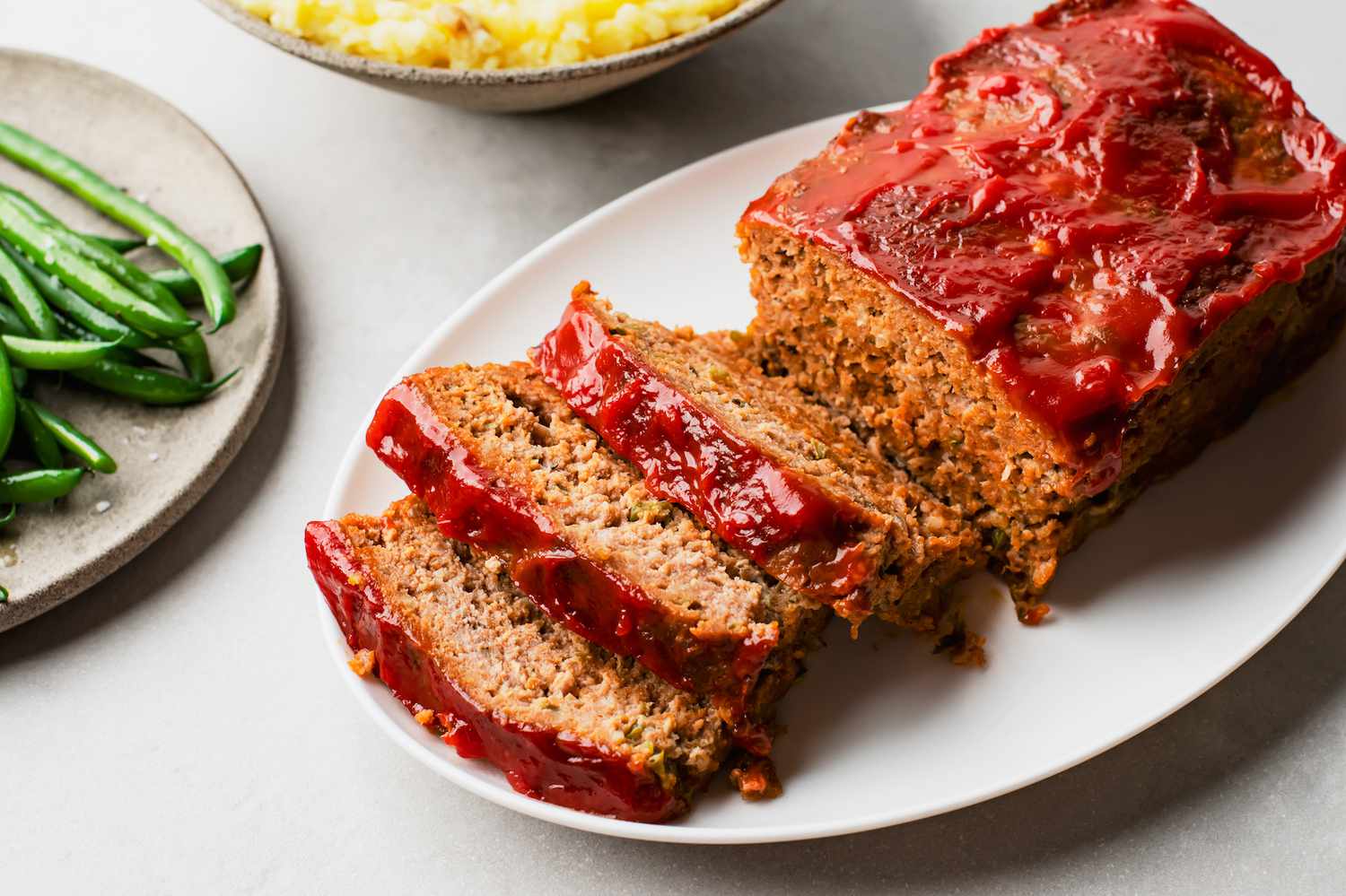

Articles
How To Store Meatloaf
Modified: December 7, 2023
Learn how to properly store meatloaf and keep it fresh for longer with these helpful articles.
(Many of the links in this article redirect to a specific reviewed product. Your purchase of these products through affiliate links helps to generate commission for Storables.com, at no extra cost. Learn more)
Introduction
Meatloaf is a classic comfort food that is loved by many. Whether you’re making it for a family dinner or meal prepping for the week, it’s important to know how to store meatloaf properly to maintain its flavor and texture. In this article, we will guide you through the process of storing meatloaf, from choosing the right storage container to reheating it for a delicious meal. So let’s get started!
Key Takeaways:
- Properly storing meatloaf is crucial for maintaining its flavor and texture. Choose airtight containers, cool it properly, and label and date for optimal freshness.
- Freezing meatloaf can extend its shelf life, but remember to thaw and reheat it properly to preserve its taste and texture. Follow these guidelines for delicious meatloaf meals.
Read more: How To Cook A Meatloaf In An Air Fryer
Choosing the Right Storage Container
When it comes to storing meatloaf, the right container can make all the difference in keeping it fresh and preventing any unwanted odors or contamination. Here are some key factors to consider when choosing the right storage container:
- Airtightness: It’s important to choose a container that is airtight to prevent air from entering and causing freezer burn or spoilage. Look for containers with tight-fitting lids or consider using food-grade plastic bags that can be sealed tightly.
- Size: Choose a container that is just the right size to accommodate your meatloaf without any extra space. This will help prevent excess air from getting trapped and affecting the quality of your meatloaf.
- Material: Opt for containers made of food-safe materials such as glass, BPA-free plastic, or stainless steel. Avoid using containers made of reactive materials like aluminum as they can affect the taste of the meatloaf.
If you’re planning to freeze the meatloaf, make sure the container is freezer-safe to avoid any cracking or damage. Additionally, consider labeling the container with the date of storage to keep track of its freshness.
Overall, choosing the right storage container ensures that your meatloaf stays fresh, maintains its flavor, and is safe to consume.
Properly Cooling the Meatloaf
Before you store your meatloaf, it’s important to allow it to cool properly. Cooling the meatloaf correctly helps prevent the growth of bacteria and ensures that it stays moist and delicious. Here are some steps to follow:
- Remove it from the oven: Once your meatloaf is cooked through and reaches an internal temperature of 160°F (71°C), carefully remove it from the oven using oven mitts or heat-resistant gloves.
- Let it rest: Allow the meatloaf to rest for about 10-15 minutes before proceeding with the cooling process. This allows the juices to redistribute and helps keep the meatloaf tender and juicy.
- Divide into portions (optional): If you prefer to store individual servings, you can divide the meatloaf into portions at this point. This makes it easier to grab a single serving when you’re ready to eat.
- Cool at room temperature: Place the meatloaf (whole or portioned) on a wire rack to cool at room temperature for about 30 minutes. This allows excess heat to escape and prevents condensation from forming inside the storage container.
Properly cooling the meatloaf before storage helps prevent the growth of bacteria and ensures that it stays moist and delicious. Once it has cooled to room temperature, you can proceed with storing it in the refrigerator or freezer.
Storing Meatloaf in the Refrigerator
If you plan to consume your meatloaf within a few days, storing it in the refrigerator is the best option. Follow these steps to properly store meatloaf in the refrigerator:
- Cool completely: Ensure that the meatloaf is completely cool to room temperature before placing it in the refrigerator. This helps prevent condensation and the growth of bacteria.
- Wrap it tightly: Wrap the meatloaf tightly with plastic wrap or aluminum foil to seal in the moisture and protect it from absorbing any odors from other foods in the refrigerator.
- Choose the right storage container: If you prefer not to use plastic wrap or foil, you can place the meatloaf in an airtight container. Make sure the container is large enough to accommodate the meatloaf without squishing it.
- Label and date: If you have divided the meatloaf into portions or if you have multiple containers, labeling them with the date of storage helps you keep track of its freshness.
- Store in the refrigerator: Place the wrapped or containerized meatloaf on a shelf in the refrigerator, away from raw meats or foods that may drip onto it.
When stored properly in the refrigerator, meatloaf can typically last for up to 3-4 days while maintaining its quality and taste. Remember to reheat it thoroughly before consumption.
After cooking, let the meatloaf cool to room temperature before storing it in an airtight container or wrapping it tightly in plastic wrap. Store in the refrigerator for up to 3-4 days or in the freezer for up to 3 months.
Freezing Meatloaf for Longer Storage
If you want to extend the shelf life of your meatloaf, freezing is the ideal option. Freezing meatloaf can help preserve its flavor and texture for several months. Follow these steps to freeze meatloaf:
- Cool completely: Ensure that the meatloaf is completely cooled to room temperature before freezing. This prevents the formation of ice crystals and maintains the quality of the meatloaf.
- Wrap tightly: Wrap the meatloaf tightly with plastic wrap or aluminum foil to prevent freezer burn and protect it from absorbing any unwanted odors. Ensure that the entire meatloaf is covered and sealed tightly.
- Double wrap (optional): For added protection, you can double wrap the meatloaf by placing it in a freezer-safe plastic bag or using a second layer of plastic wrap or foil.
- Label and date: It’s essential to label the packaging with the date of freezing. This helps you keep track of how long it has been stored and maintain a rotation system for older and newer meatloaves.
- Store in the freezer: Place the wrapped meatloaf in the freezer, ideally on a flat surface where it won’t get squished. Make sure it is stored away from raw meats or foods with strong odors.
When properly frozen, meatloaf can last for up to 3-4 months. However, for the best quality, it’s recommended to consume it within 1-2 months.
Remember to thaw the frozen meatloaf properly before reheating to ensure even heating and to preserve the flavor and texture.
Read more: How To Make Meatloaf In A Slow Cooker
Thawing and Reheating Meatloaf
When it’s time to enjoy your frozen meatloaf, proper thawing and reheating are crucial to maintain its taste and texture. Here’s how to thaw and reheat your meatloaf:
- Thawing in the refrigerator: The safest method for thawing meatloaf is to transfer it from the freezer to the refrigerator. Place the wrapped frozen meatloaf on a plate or in a shallow dish to catch any juices that may drip during thawing. Allow it to thaw in the refrigerator overnight or for about 24 hours.
- Thawing in cold water (quick thawing): If you’re short on time, you can use the cold water thawing method. Submerge the tightly wrapped meatloaf in a leak-proof plastic bag and place it in a bowl of cold water. Change the water every 30 minutes to hasten the thawing process. It typically takes around 1-2 hours to thaw using this method, depending on the size of the meatloaf.
- Reheating in the oven: Preheat your oven to 325°F (163°C). Remove the plastic wrap or foil from the thawed meatloaf and place it in a baking dish. Cover the dish with foil to prevent the meatloaf from drying out, but leave an opening to allow steam to escape. Reheat the meatloaf for about 20-25 minutes or until it reaches an internal temperature of 165°F (74°C).
- Reheating in the microwave: If you prefer a quicker option, you can reheat individual portions of meatloaf in the microwave. Place a slice of meatloaf on a microwave-safe plate and cover it with a microwave-safe lid or microwave-safe plastic wrap. Heat on high for about 2-3 minutes, or until the meatloaf is heated through.
- Check for doneness: Regardless of the reheating method used, it’s important to check the internal temperature of the meatloaf with a meat thermometer. It should reach a minimum temperature of 165°F (74°C) to ensure it’s fully cooked and safe to eat.
Remember that reheated meatloaf should be consumed immediately and any leftovers should be refrigerated promptly.
Tips for Keeping Meatloaf Fresh
To ensure the freshness and quality of your meatloaf, consider the following tips:
- Proper portioning: If you anticipate not consuming the entire meatloaf at once, consider dividing it into individual portions before storing. This way, you can thaw and reheat only the amount you need, minimizing waste.
- Labeling and dating: Always label your stored meatloaf with the date of storage. This allows you to keep track of its freshness and practice a “first in, first out” rotation system.
- Storage time: While stored meatloaf can typically last in the refrigerator for 3-4 days and in the freezer for up to 3-4 months, it’s best to consume it within the first couple of months for optimal flavor and texture.
- Proper storage containers: Choose airtight containers or wrap the meatloaf tightly with plastic wrap or aluminum foil to prevent moisture loss and protect it from absorbing odors from other foods in the refrigerator or freezer.
- Thorough reheating: When reheating meatloaf, ensure it reaches an internal temperature of 165°F (74°C) to ensure it’s heated through and safe to consume.
- Supplement with gravy or sauce: If you find your reheated meatloaf to be slightly dry, consider serving it with a flavorful gravy or sauce to add moisture and enhance the taste.
- Quality ingredients: Using fresh and high-quality ingredients when preparing your meatloaf can contribute to its overall freshness and taste.
- Safe handling: Practice proper food safety measures, such as washing your hands before and after handling raw meat, and storing meatloaf away from other raw meat products to prevent cross-contamination.
By following these tips, you can maintain the freshness and deliciousness of your meatloaf, maximizing its enjoyment for future meals.
Conclusion
Storing meatloaf properly is essential for maintaining its flavor, texture, and overall quality. Whether you’re storing it in the refrigerator for a few days or freezing it for longer storage, following the right techniques can ensure that your meatloaf stays fresh and safe to consume.
When choosing the right storage container, opt for airtight containers or wrap the meatloaf tightly with plastic wrap or aluminum foil. This helps prevent air exposure and protects it from absorbing unwanted odors. Labeling and dating your stored meatloaf allows you to keep track of its freshness.
Cooling the meatloaf properly, either as a whole or portioned, is crucial before storing it. Allowing it to cool at room temperature before placing it in the refrigerator or freezer helps maintain its moisture and prevents condensation.
When storing in the refrigerator, ensure that the meatloaf is wrapped tightly and placed in the main section of the fridge away from raw meats. This helps maintain its freshness for up to 3-4 days.
For longer storage, freezing meatloaf is the best option. Properly wrap it in plastic wrap or foil, and consider double wrapping for added protection. Frozen meatloaf can last for up to 3-4 months when stored correctly.
Thawing the meatloaf in the refrigerator or using the cold water method ensures even thawing and reduces the risk of bacterial growth. Reheating can be done in the oven or microwave, ensuring the meatloaf reaches an internal temperature of 165°F (74°C) for safe consumption.
By following these guidelines and tips, you can keep your meatloaf fresh, flavorful, and ready to enjoy for future meals. So, go ahead and savor the deliciousness of your perfectly stored meatloaf!
Frequently Asked Questions about How To Store Meatloaf
Was this page helpful?
At Storables.com, we guarantee accurate and reliable information. Our content, validated by Expert Board Contributors, is crafted following stringent Editorial Policies. We're committed to providing you with well-researched, expert-backed insights for all your informational needs.
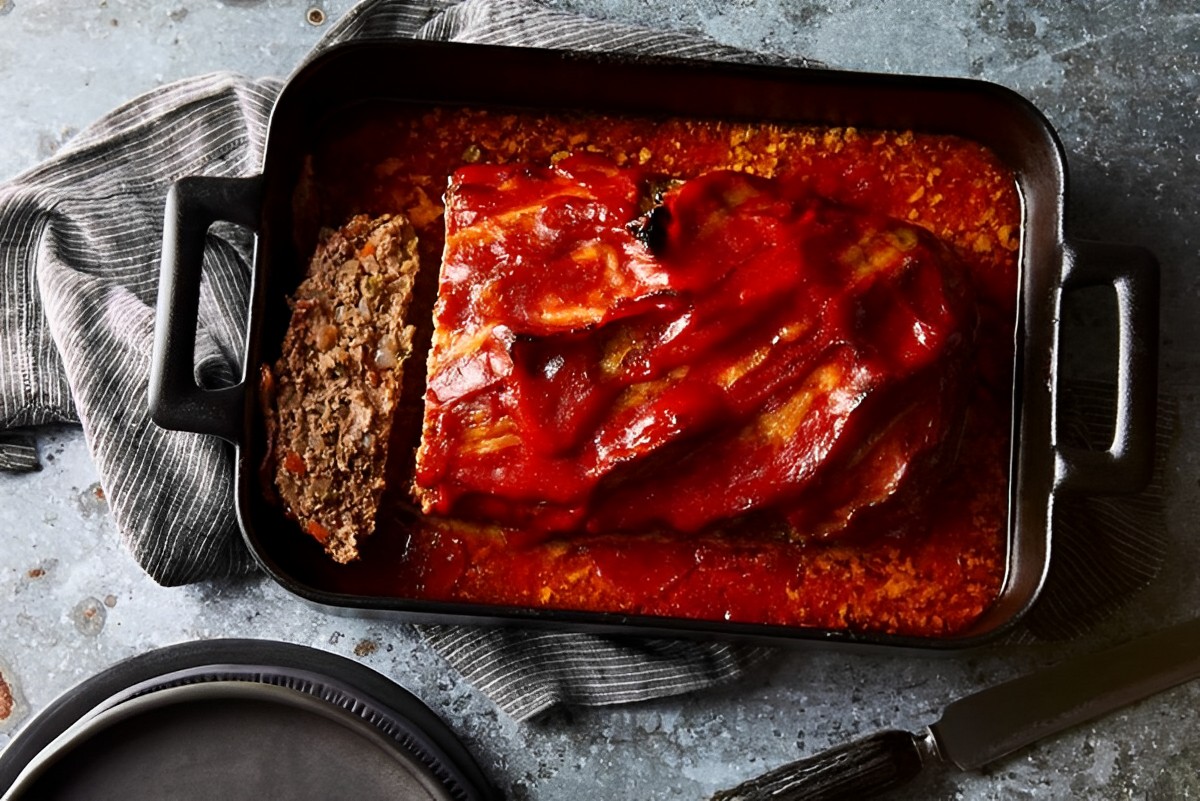
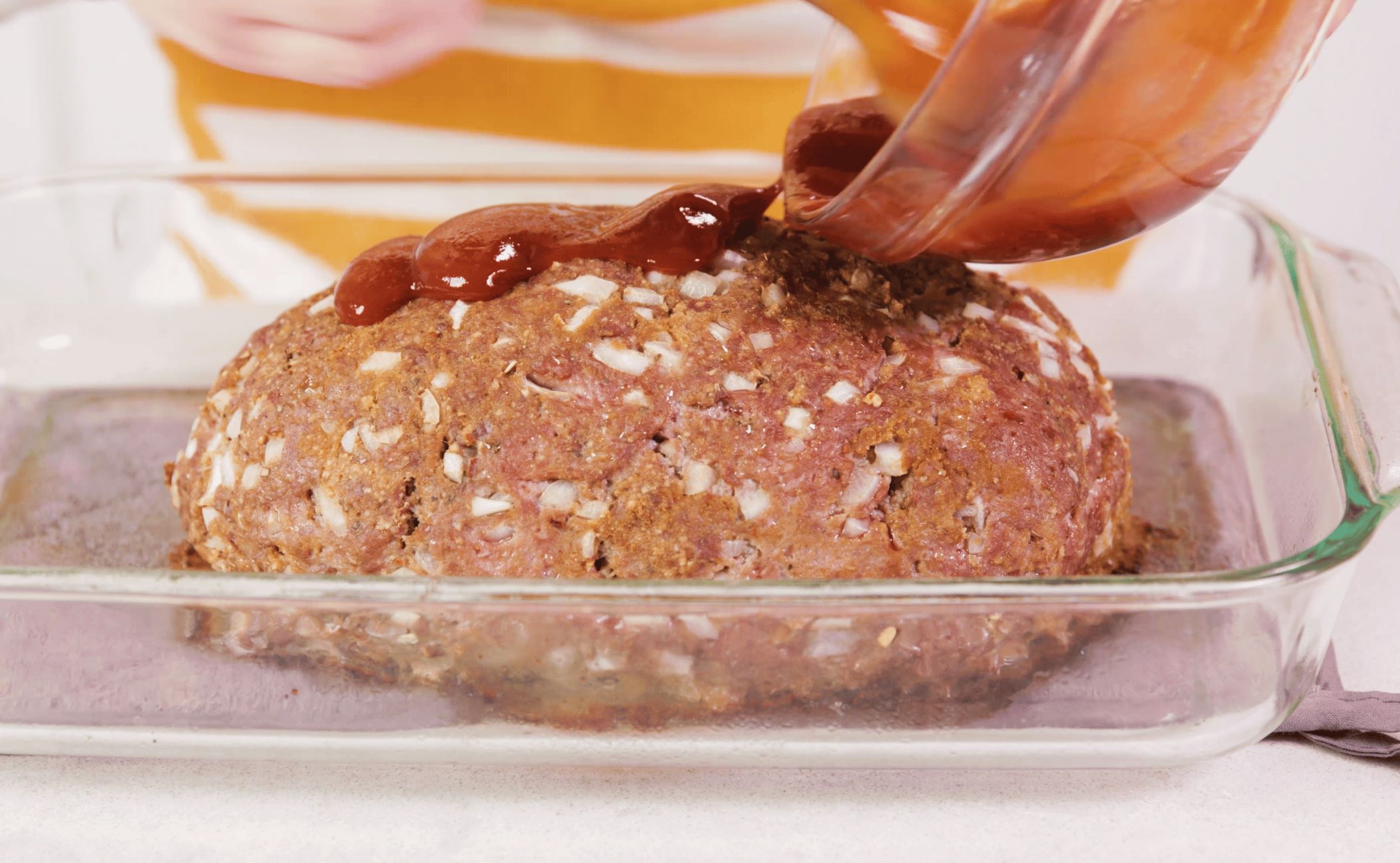
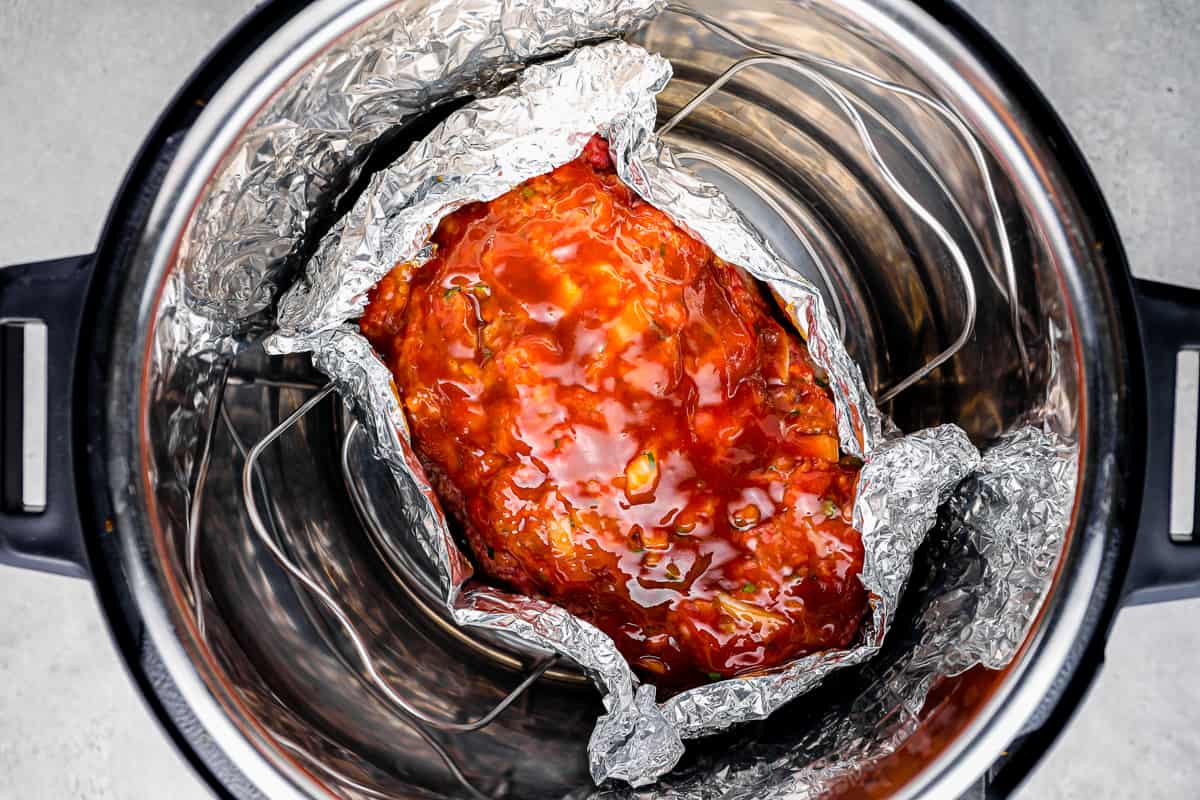




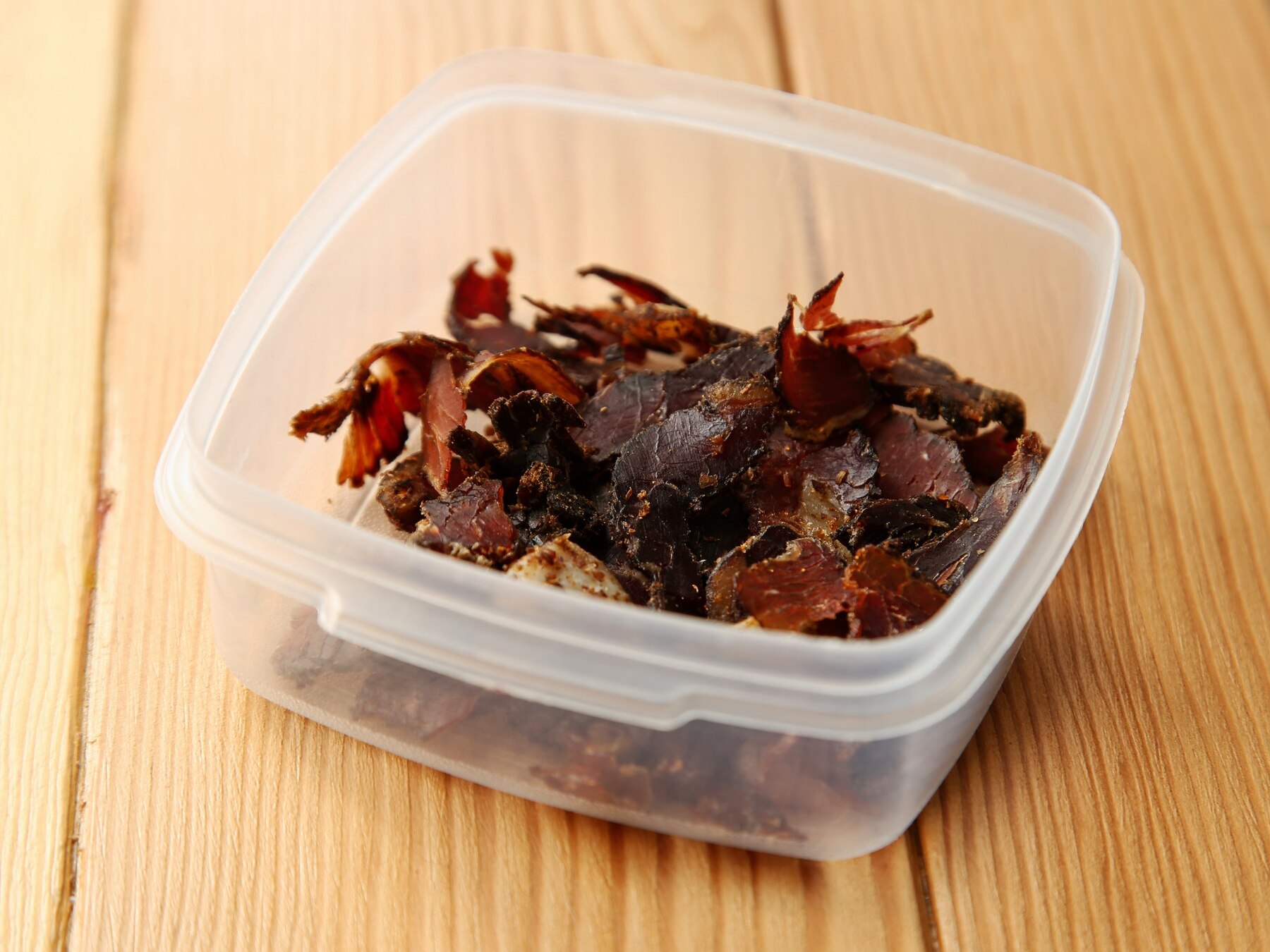
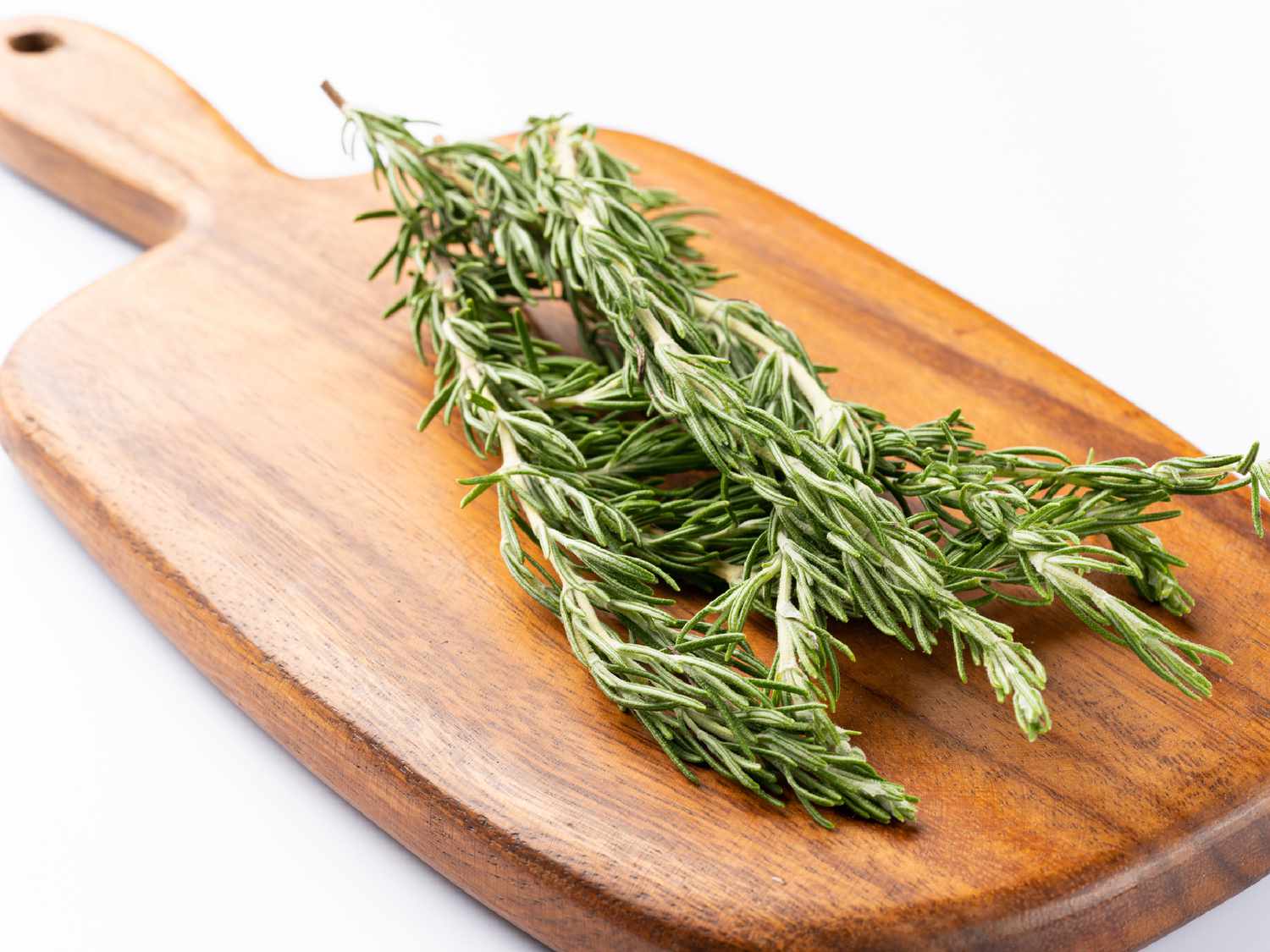
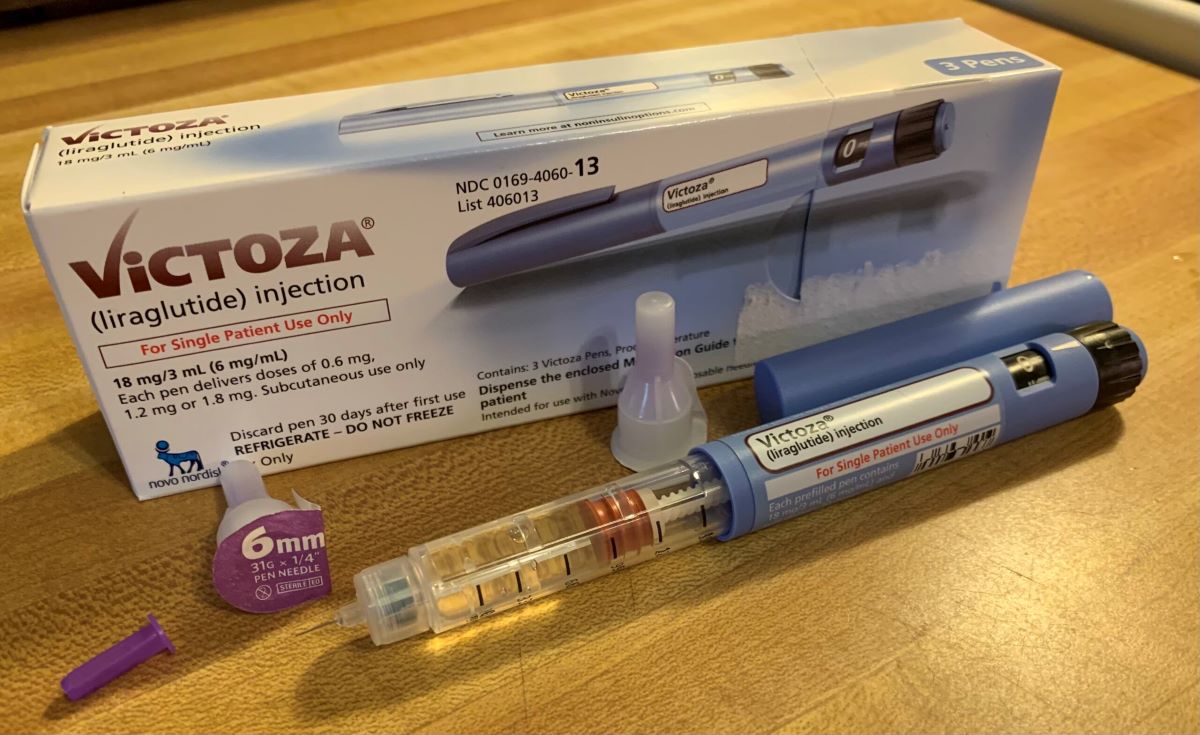

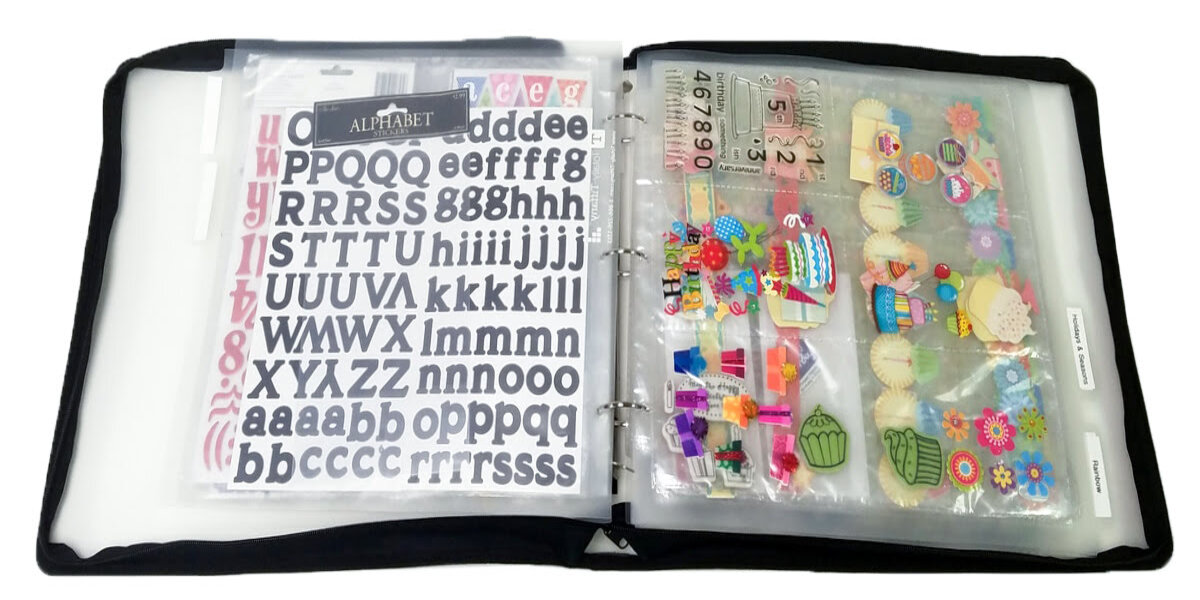
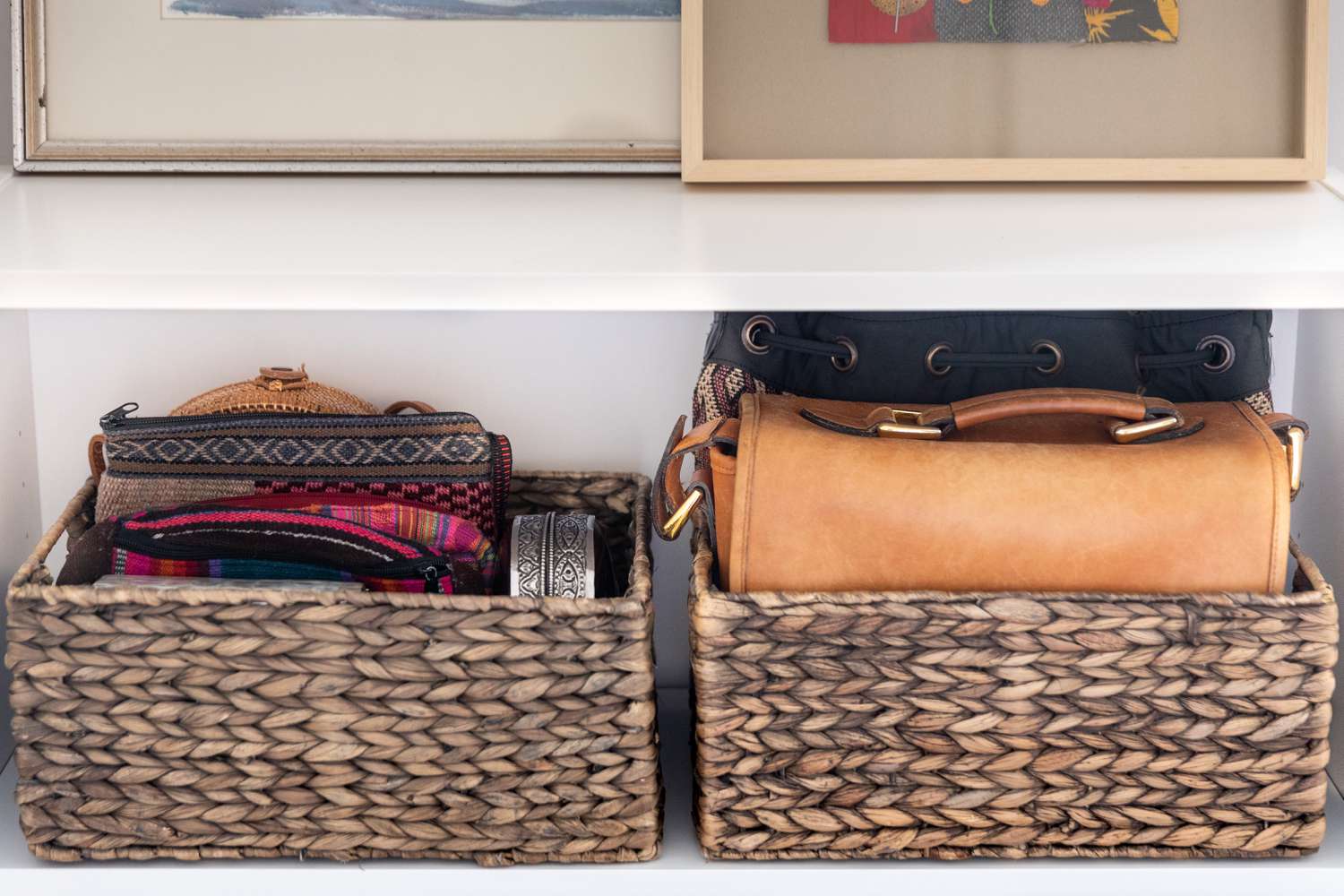


0 thoughts on “How To Store Meatloaf”